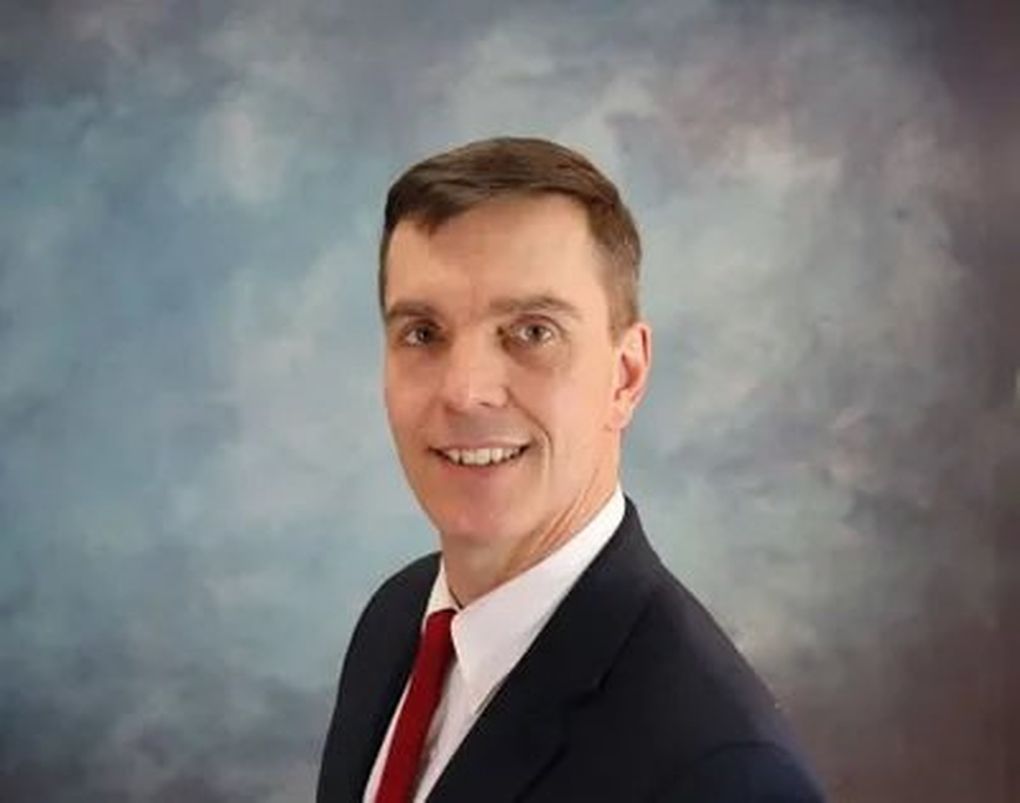 |
| Parents in a study session |
The statistics are alarming: 18 percent of LWSD seniors have considered suicide. 50 percent of all chronic mental health cases begin by age fourteen. 39 percent of eighth graders are not were not able to stop worrying in the past 2 weeks. 32 percent experience anxiety disorder (ages thirteen to eighteen.) 11 percent report a
major depressive episode in the past year (ages twelve to seventeen) One in five have a mental health condition. Only one third get help from a professional. They may be ashamed or reluctant to share because what others may think.
Last Saturday I attended and participated in an 8-hour Lake Washington Schools Foundation "Youth Mental Health First Aid Class." The classroom was packed by over 30 parents; it was dynamic and fun, with lots role playing and engaging exercises. Danit Erlich, Ph.D taught the class. She's an energetic highly qualified cross-cultural parent coach and speaker. She was awesome! Danit first asked us to introduce ourselves, then say something our youth. The stage was set: we all felt connected, empathetic and involved with each other.
We learned skills on how to notice signs and symptoms and have a meaningful conversion to help twelve to eighteen year-old students cope with their mental health challenges. A helpful 133 page manual addressed the Mental Health First Aid Action Plan for everything from suicide, major depression, eating disorders, panic attacks, substance abuse, psychosis and AdHD.
The Action Plan involves: 1) assessment of symptoms, 2) listening non-judgmentally, 3) giving reassurance and information, 4) encouraging appropriate professional help, and self -help. Owing to it's severity, we focused on the action plan for suicide; we also did a role play for panic attack.
Danit said suicide is the second cause of death in 12-18 year youth and is escalating. She and other parents attributed it to Snap Chat, Instagram and other social media
and not listening intently. She suggested a good place to listen and assess is during short drives in the car and at bedtime.
In the case of suicide assessment we learned to listen non-judgmentally and tell the person that you are concerned and want to help. Sometimes self-harm, like cutting, is a cry for help. Giving away positions, heavy drinking and social withdrawal are other signs.
The role play was challenging and some never got through it. First you have to ask if they decided where they will kill themselves, how, and when. If they say "yes" calmly explain that thoughts of suicide are common, help is available and it doesn't have to be acted upon. Allow the student to do most of the talking by asking open-ended questions. Suicidal thoughts are often a plea for help and desperate attempt to escape from problems and stress; and the student can find relief in talking about it. Immediately, take them to the E.R. or call 911 and never leave them alone.
As a result of this class I feel comfortable talking about mental health with students and assisting them. Along with the Foundation, NAMI Eastside and EvergreenHealth also hold classes. For dates and class information contact
NAMI Eastside at 425-885-6264.
-- Bob Yoder
Sources: Danit Erlich, Ph.D
Mental Health First Aid Course Manual
LW Schools Foundation brochure




















